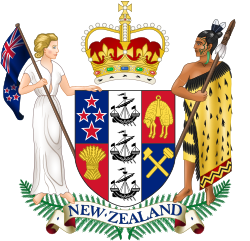| Marine Mammals Protection Act 1978 | |
|---|---|
 | |
| New Zealand Parliament | |
| |
| Royal assent | 20 October 1978 |
| Commenced | 1 January 1979 |
| Status: Current legislation | |
The Marine Mammals Protection Act1978 is an Act of Parliament passed in New Zealand in 1978. It is administered by the Department of Conservation.
Contents
The environmental organisation Project Jonah gave the major impetus for the government to create the Act. [1]